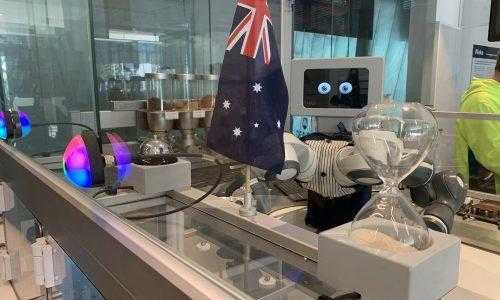Functional robots are designed to carry out specific functions according to the algorithms developed in their software. Functionality is therefore prescribed according to a set of commands that give the robot specificity in respect of the task. This may involve a human to direct the robot (such as medical robots that can perform tasks with great precision under the command of a surgeon). In industry functional robots are tasked to perform repetitious tasks on a 24/7 basis. These have replaced humans to enable not only lower labour costs but importantly can maintain precision continuously without fatigue that in humans often leads to errors and costly readjustments. Thus, a functional robot can be relied upon to perform identical tasks with precision and also a series of tasks that are driven by variable commands. Thus, the same robot can deliver specifically ordered items to a customer and also, in quiet times, entertain the customer by manipulating, for example, a stereo stylus onto a vinyl record and then dancing to the music. Such retail entertainment will soon be launched.
Social Robots on the other hand are designed to interact with humans. Human – Robot interaction (HRI) is a relatively new and exciting field. It relies upon AI in which the social robot can learn and remember specific interactions. For example- imagine a retail store with a social robot that can remember faces and names and say such things as
“hello Wendy, you ordered vanilla ice-cream last time you visited, do you with the same today?” Programming systems are continually evolving and with these and functional robots there is a growing need for new skill sets. Whilst these robots may replace humans as sales staff behind a counter, the demand for robotic skills and programming will increase. There will be a shift in training and skill requirements as has happened continuously throughout the industrial revolution and now the techno-revolution. It is not so long ago that office buildings had typing pools with dozens or more typists producing documents. These no longer exist but are replaced by more advanced technologies.


